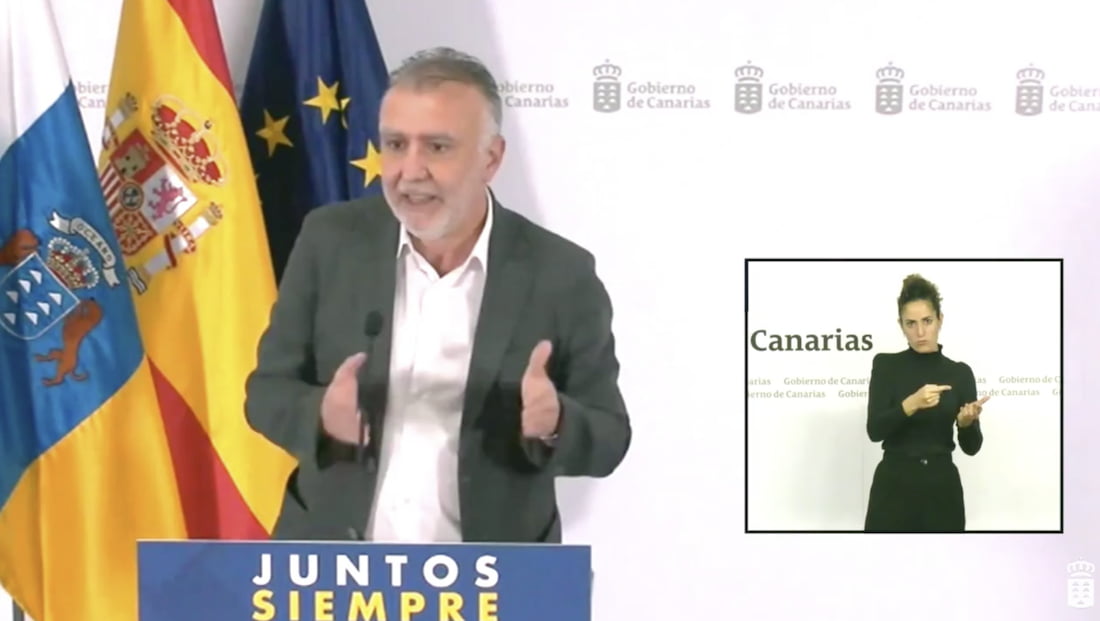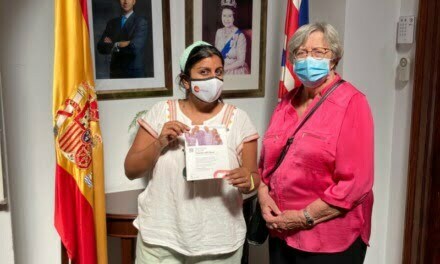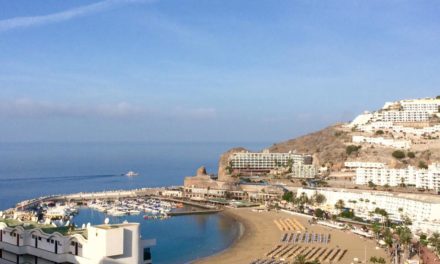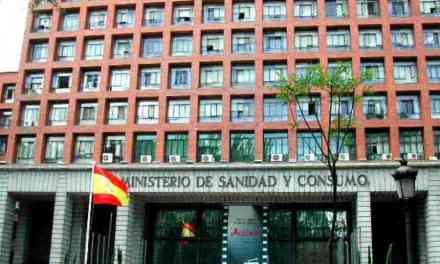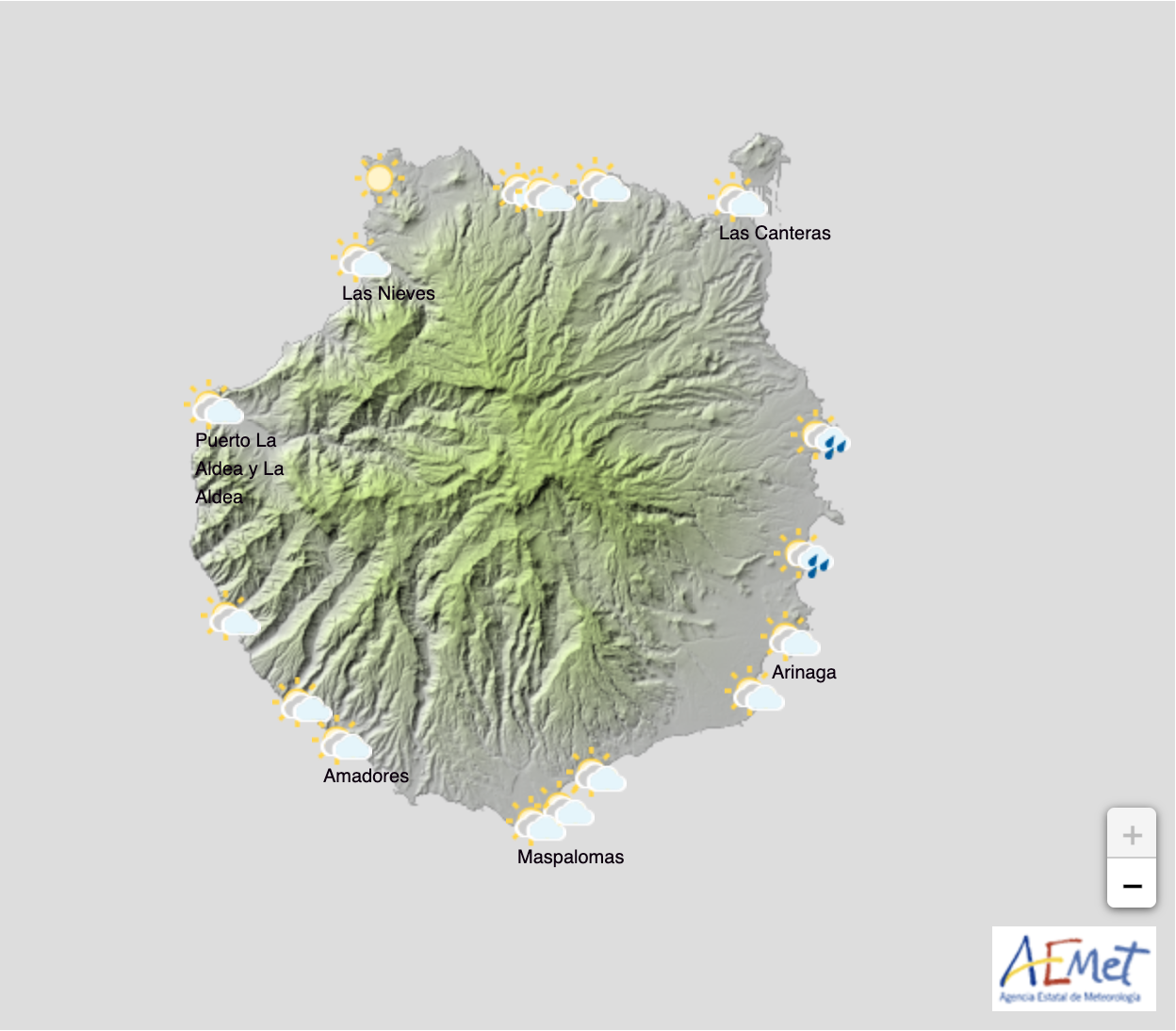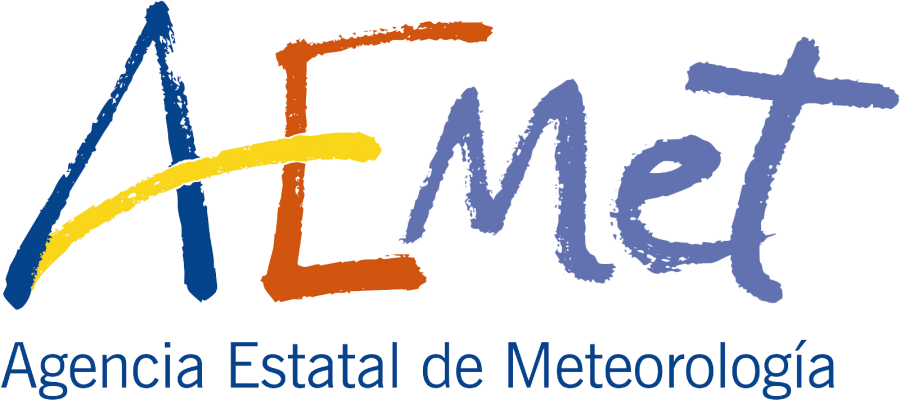The President of the Government of the Canary Islands, Ángel Víctor Torres, has said this Thursday, January 7, that while infection rates on Tenerife have at last improved slightly, the data on Gran Canaria, El Hierro and La Palma have all worsened. The president explained that this has forced some Canary Islands to have to take additional measures, announcing new covid restrictions and a three level alert system.
President Torres announced the approval of a decree by the Governing Council, which will come into effect on Sunday night and will be published over coming days in the regional Official State Gazette (BOC), establishing new covid restrictions based on three levels of alert on the islands first applied on December 23: levels 1, 2 and 3, according to various parameters, replacing the traffic light system which has up until now been used to indicate risk on an island by island bases, with which the Health Ministry has classified the islands according to their epidemiological data since October.
Level 1, the most “benign”, is to be declared on El Hierro, Fuerteventura and La Palma.
Level 2 will now also be applied to Lanzarote and Gran Canaria, who join La Gomera already at this level. This means a curfew from 11pm to 6am, and gatherings limited to just four people meeting in public or in private. These restrictions are to be in place for at least 14 days. Capacity of bar and restaurant terraces and in hotels is also to be reduced and all closing times advanced to be in line with the curfew. The number of people who can practice sports together also drops from 6 to 4 people, visits to hospital and social health centers are to be restricted; and public transport can only be at a maximum 50% occupied.
Level 3 currently is reserved for Tenerife, where they will remain at until at least January 14, additional restrictions in place on the island are now extended, including the curfew and strict limitations on mobility, on arriving and leaving the island.
The new Covid restrictions to contain the virus will be applied from 00:00 hours on January 11 (Monday), along the same lines of the specific and extraordinary restrictions that were in force over the holiday season. The level of transmission observed in the Archipelago requires the measures in place be update, with the new covid restrictions in force until at least Sunday, January 24. This follows accepted World Health Organisation guidelines which suggest all changes in policy be kept in place for a minimum of 14 days. However the period may be extendable depending on the evolution of the data. Next week the situation will be analyzed again, as it will be every seven days and decisions made about the situation on individual islands, depending on developments.
The new covid restrictions and measures respond to the epidemiological situation of each island according to the Decree approved on December 23, which established three levels of alert to avoid transmission of the infection caused by SARS-CoV-2 in the Archipelago. They will be applied in each territory depending on its level of alert. The upward trend in the data does not yet reflect the expected impact of the holiday season, so this containment strategy is to be maintained while the situation is being monitored.
Taking into account the indicators of accumulated incidence for each island, traceability of the virus and the data on healthcare capacity, the Canary Islands as a whole is positioned at a risk level that corresponds to an alert level 2; although each island has a different position depending on its epidemiological evolution.
New covid restrictions: Alert levels by island
By islands, Fuerteventura, La Palma and El Hierro remain at an alert level 1, although each of them has experienced an unfavorable evolution in some indicators, they are deemed to be of the lowest risk.
Gran Canaria and Lanzarote show an upward trend in their indicators making it necessary to raise the alert level to 2. La Gomera remains at alert level 2.
Tenerife remains at alert level 3 although its upward trend in new cases has been contained following the application of exceptional measures in December.
These new covid restrictions were adopted nationwide based on scientific criteria agreed and approved at Spain’s National Health System Interterritorial Council, outlined and applied across various sectors (including social, workplace, catering, leisure, sports, etc.) according to agreed indicators and established alert levels. This preventive strategy is consistent with the recommendations established by the Interterritorial Council. These are measures are complementary to the general and specific preventive measures for territories at alert levels 1, 2 and 3, approved by Government Agreement of December 23, and are based on the following aspects, which are modulated according to the level of alert on each island:
Restrictions on the entry and exit of people to and from Tenerife is maintained continuing at alert level 3, except for justified causes that occur for any of the reasons contemplated in article 6 of Royal Decree 926/2020, of October 25. Limitation of the freedom of movement of people at night. At alert level 3, the freedom of movement of people is limited between 10 p.m. and 6 a.m. every day. These limitations do not affect the performance of essential activities contained in article 5 of Royal Decree 926/2020, of October 25, such as the acquisition of medicines and health products in pharmacy offices; assisting others to health centres, services and establishments: assistance to veterinary care centres for urgent reasons and compliance with work, professional, business, institutional or legal obligations; assistance and care of domestic animals or in livestock farms, among others. Capacity between non-cohabitants in public and private spaces. At alert level 3, the permanence of people both in closed or outdoor public and private spaces will be limited to cohabitating people, except in hotels and restaurants and respecting the maximum number of four individuals per table. Specific measures for hotels, restaurants and terraces, bars and cafes. At alert level 3, the number of diners per table is maintained at 4 people, the establishment must close before 10 p.m. and service in interior areas is prohibited, except within health centres, staff dining areas and those in tourist accommodation for the exclusive use of guests staying at the accommodation. In any case, collection services for food and beverages on the premises and home delivery is allowed. On the terraces or other outdoor spaces dependent on the establishment, activities that do not encourage maintaining interpersonal safety distance or wearing masks, such as dancing, karaoke, etc. are prohibited. Gaming and betting establishments and premises. At alert level 3, all recreational gaming and betting venues will be closed. Sports practice.The practice of physical and sports activity is prohibited in the interior areas of sports facilities and centres. Physical exercise in the open air can be carried out individually and provided that the minimum interpersonal safety distance of 2 meters can be maintained permanently. Hospital centres and health care centres.In hospitals, external visits are suspended except in the case of minors, pregnant women, the accompanying of terminal patients and those other clinical situations that are considered necessary at the discretion of the physician. In nursing homes for the elderly, residents’ going outside the centres and external visits are suspended, except in the case of accompanying terminal patients and those other situations that are considered necessary at the discretion of the centre’s management for health reasons. Those patients who have been confirmed as cases and then recovered from infection will be exempt from this limitation. In addition, the use of FFP2-type masks and face shields is recommended for staff who have direct care with patients in these centers, Public transport. In regular urban and metropolitan public land passenger transport, on islands at alert levels 2 and 3, capacity is reduced to 50%. On all the islands, surveillance of urban land transportation will be reinforced at peak times to avoid crowds. At peak times, avoid using public transport for non-essential or postponed trips. It is recommended the frequency of public transport schedules be increased, ensuring adequate ventilation and compliance with preventive measures, which include not eating or drinking and using masks correctly. Limitations on the freedom of movement of people at night. The freedom of movement of people is limited at night between 11:00 p.m. and 6:00 a.m. every day. Capacity between non-cohabitants in public and private spaces. Groups of people are limited to a maximum of 4, except in the case of cohabitants. If the group includes both cohabiting and non-cohabiting people, it will not exceed 4 people. Specific measures for hotels, restaurants and terraces, bars and cafes. The number of diners per table is reduced to 4 people and establishments must close to the public before 11pm. On the terraces or in other open-air spaces dependent on the establishment, activities that do not encourage the maintaining of minimum interpersonal safety distance or the wearing of masks, such as dances, karaoke, etc. are prohibited. Sports practice. For collective activities in the interior areas of sports facilities and centres where it is not possible to maintain a minimum safety distance of 2 meters at all times, a maximum number of 4 people per group is allowed, including the monitor. In addition, in outdoor spaces, team sports or any practices or exercises in which the maintenance of said distance cannot be guaranteed at all times are not to be practiced. For group activities in which it is not possible to maintain a safety distance of 2 meters at all times, a maximum number of 4 people per group is allowed, respectively, including the monitor. Hospital centers and health care centres. Visits will be limited and must be supervised by centre staff, and established prevention measures will be taken to the extreme. In addition, the use of FFP2-type masks and face shields is recommended for personnel who have direct care with patients in these centres, as well as reinforcing ventilation. Public transport. On regular urban and metropolitan public land passenger transport, capacity is reduced to 50%. Surveillance of urban land transportation will be reinforced at peak times to avoid crowds. At peak times, avoid using public transport for non-essential or trips that can be postponed. It is recommended to increase frequency of public transport schedules, ensuring adequate ventilation and compliance with preventive measures, which include not eating or drinking and the correct use of masks. Limitations on the freedom of movement of people at night. Freedom of movement at night is limited from 00:00 to 06:00 every day. Capacity between non-cohabitants in public and private spaces. Groups of people are limited to a maximum of 6, except in the case of those cohabiting, that is to say people who reside under the same roof. In the event that the group includes both cohabiting and non-cohabiting people, the group will not exceed 6 people. Specific measures for hotels, restaurants and terraces, bars and cafes. The number of diners per table is limited to 6 people and the establishment must close to the public before 00.00 hours, midnight. On the terraces or other open-air spaces dependent on the establishment, activities that do not encourage the maintaining of minimum interpersonal safety distance or the wearing of masks, such as dances, karaoke, etc. are prohibited. Sport practice. For group activities in the interior areas of sports facilities and centres where it is not possible to maintain a minimum safety distance of 2 meters, a maximum number of 6 people per group is allowed, including the monitor. In addition, team sports or practices or exercises which cannot guarantee the maintenance of the minimum distance at all times may not be practiced. For collective outdoor activities where it is not possible to maintain the safety distance of 2 meters at all times, a maximum number of 6 people per group, respectively, including the monitor is allowed. Public transport. Surveillance of urban land transportation will be reinforced at peak times to avoid crowds. At peak times, avoid using public transport for non-essential or trips that can be postponed. It is recommended the frequency of public transport schedules be increased, ensuring adequate ventilation and compliance with preventive measures, which include not eating or drinking and using the mask correctly.

